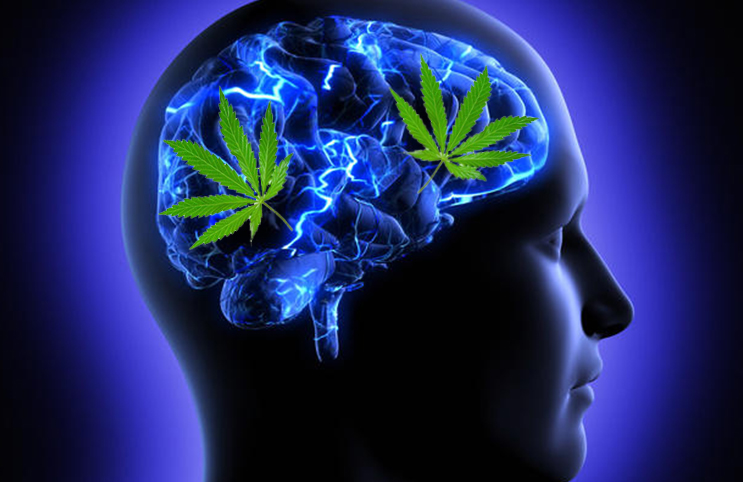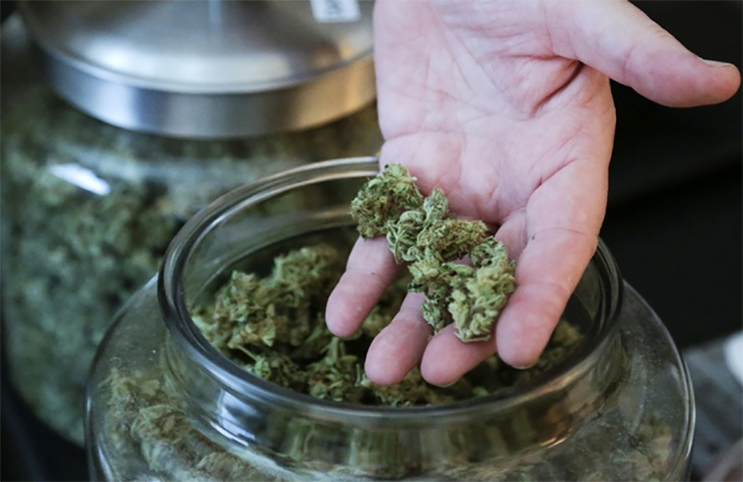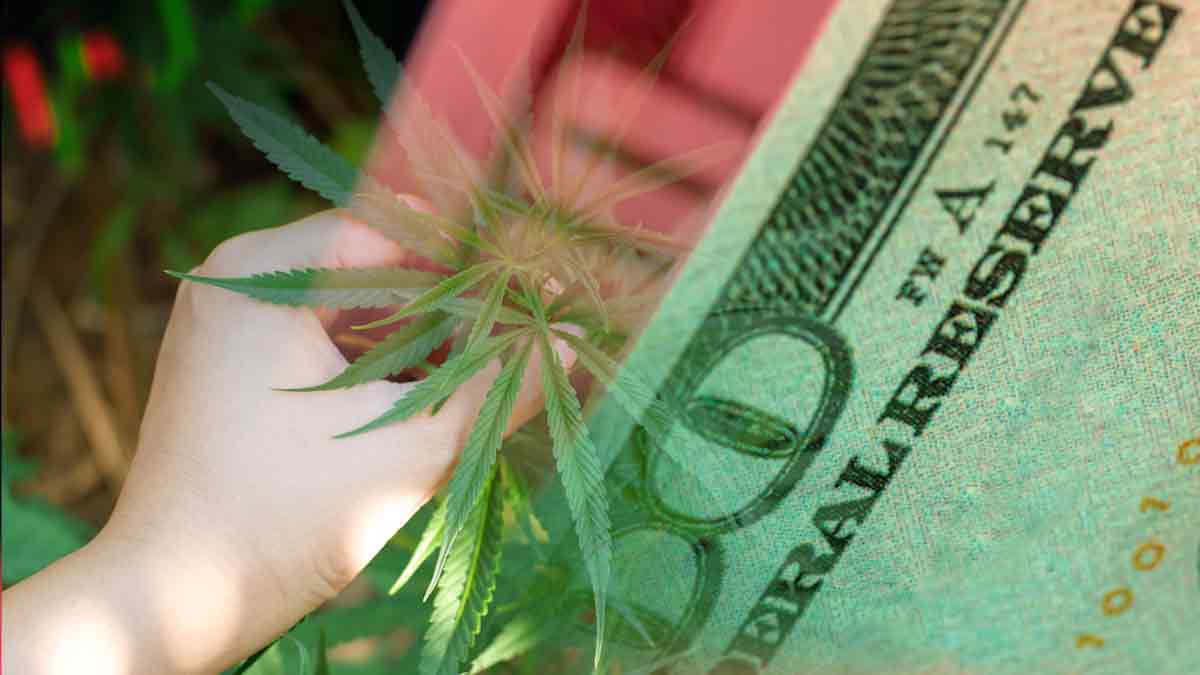“The paper is terrible on a number of levels,” Lior Pachter, a computational biologist, and professor at the University of California, Berkeley, told The Huffington Post.
The researchers examined the density, volume, and shape of the marijuana users’ gray matter, and compared their brains to those of 20 non-marijuana users. The report concluded that two areas of the brain associated with emotion and motivation – the amygdala and the nucleus accumbens – were shaped differently and had a higher density in the marijuana users’ brains. On his blog, Pachter suggests that the researchers cherry-picked their data to arrive at the conclusion they were looking for, and questions the statistical significance of the results they generated.
“Given what they did, the best they could hope to say was that they found a correlation between pot use and some aspect of the brain,” Pachter said.
In a press statement regarding the report, Dr. Hans Breiter, a professor of psychiatry and behavioral sciences at Northwestern University’s Feinberg School of Medicine and a co-author of the study, said: “Some of these people only used marijuana to get high once or twice a week. People think a little recreational use shouldn’t cause a problem if someone is doing OK with work or school. Our data directly says this is not the case.” On his blog, Pachter criticized Dr. Breiter’s statement, calling it a “Lie” and alleging that the description does not reflect the findings of the report accurately.
“The repeated use of words like ‘recreational’ and ‘casual’ suggest they are talking about people occasionally using some pot,” Pachter told HuffPost.
“In reality, their average user was doing more than 11 joints a week. I don’t know that much about pot but that seems to be a lot. Again, it seems dishonest.” Breiter defended his and his colleagues’ research to HuffPost, maintaining that their sample size was not too small for the design and purpose of the study, that the reported findings are in no way misleading and that the results of their findings are unambiguous.
“Dr. Pachter’s allegations are false and misleading,” Breiter said.
“He is clearly unfamiliar with the field of neuroimaging and its conventions. We are confident in the quality of our work, the stringent peer review process at The Journal of Neuroscience, and our own integrity. We know Dr. Pachter’s criticisms do not apply.” But other experts agree with Pachter’s assessment.
Dr. Asaf Keller, a professor of anatomy and neurobiology at the University of Maryland School of Medicine who has done research related to the effects of marijuana use on the teen brain, told HuffPost that the study “Suffers from several shortcomings in design, statistical analysis and – most importantly – in interpretation.” “The hype surrounding this manuscript is unwarranted,” Keller said.
“The sample size is woefully small. The statistical methods used – to the extent that they can be assessed from the very brief descriptions in the manuscript – are inappropriate. Even if the study was done appropriately, the results do not reach statistical significance.” Dr. Susan Tapert, a neuroscientist at the University of California, San Diego, who has also done research on marijuana’s effects on teen brain tissue, told HuffPost that she didn’t think the research was flawed.
“Given how widespread marijuana now is, we certainly should invest in long-term studies that follow people over time to see how starting, increasing and stopping marijuana use changes the brain and cognition.” John Maunsell, editor-in-chief of The Journal of Neuroscience, told HuffPost that the editorial board does not comment on specific articles.
Pachter, for his part, went so far as to suggest that Breiter should be sanctioned for misleading the media about his work.
“Lots and lots of people care deeply about the issue, and major policy decisions will have to be made using the type of information in the study,” he said.
MAPH Enterprises, LLC | (305) 414-0128 | 1501 Venera Ave, Coral Gables, FL 33146 | new@marijuanastocks.com









